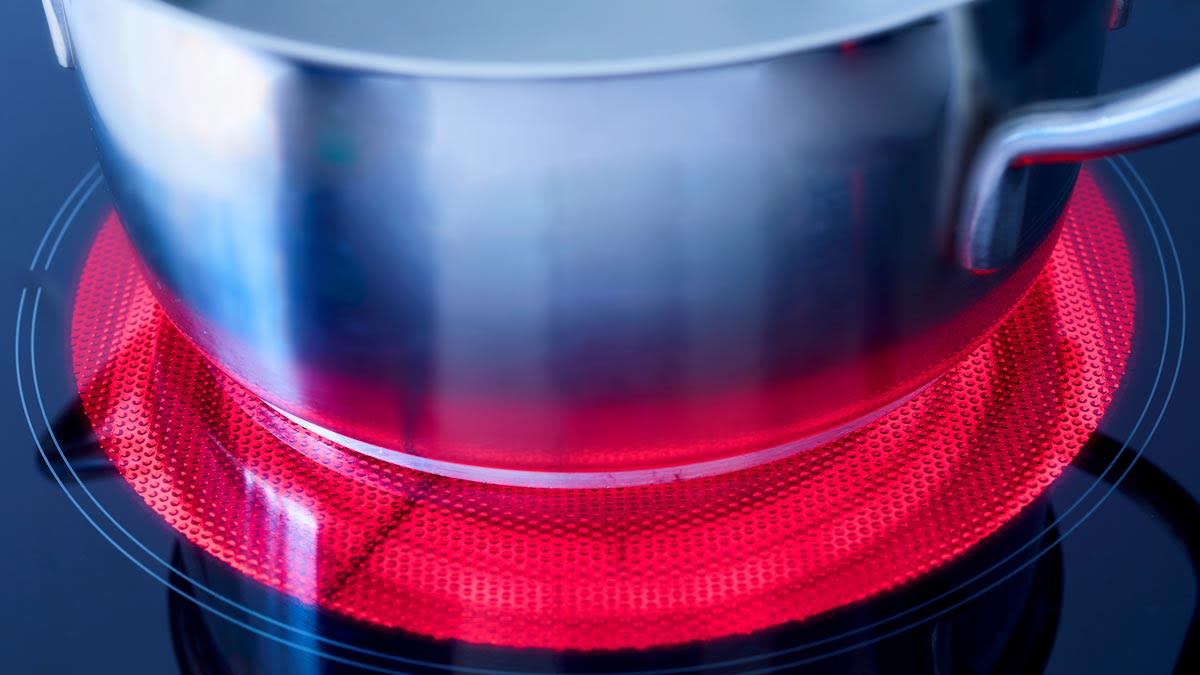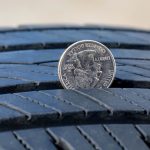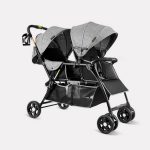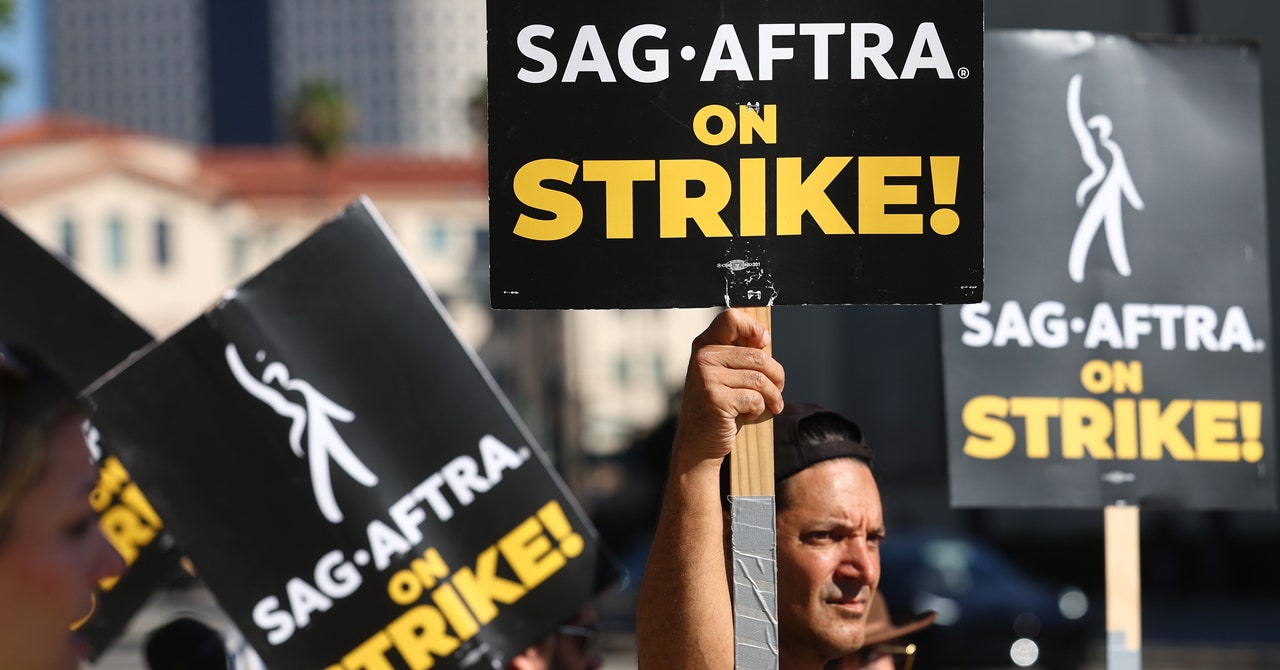
Think of an electric burner as a high-speed rail train. They’re slow to get going, but once they’re moving, they’re really moving. And they’re equally sluggish when it’s time to slow down again. A gas burner is more like a regular car. It’s fairly peppy off the line, but it maxes out at a more modest speed. It can also stop quickly when needed.
On your range, that means a gas burner might be faster for quick, simple tasks, like heating a small pan to fry an egg, but electric is almost always faster for drawn-out jobs, like boiling a big pot of water.
The fix: I often start to preheat my pan before pulling together other parts of my meal. That runs contrary to how I cook on gas, where I tend to get all my ingredients together before I start to cook. The extra few minutes of preheating means I don’t have to wait when I’m ready to sear or sauté.
I also default to the most powerful burner on my electric cooktop—right front on most ranges—because it packs a bigger punch and can heat faster. (Check the manual for the burner with the highest wattage.) Lastly, even if I’m cooking over medium or low heat, I usually begin by turning the burner to high for a minute or two, just to get the heat flowing, before I dial down the temperature to the level I need.









